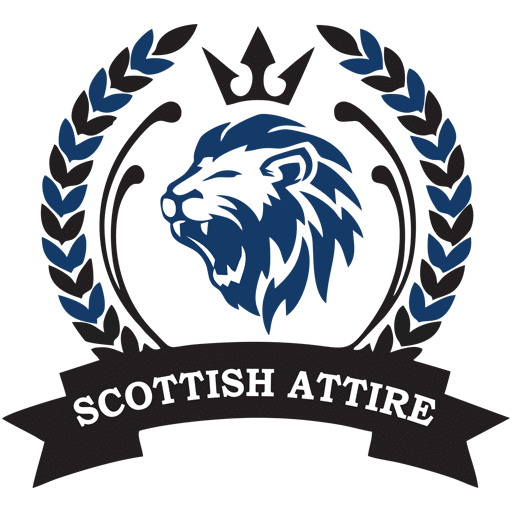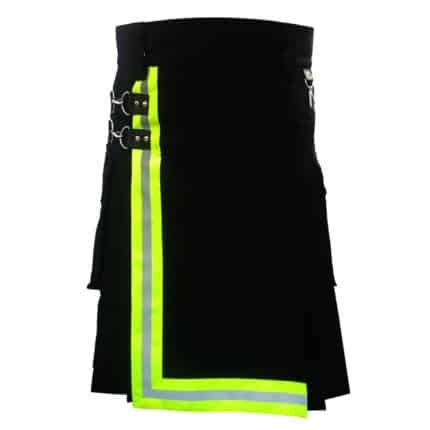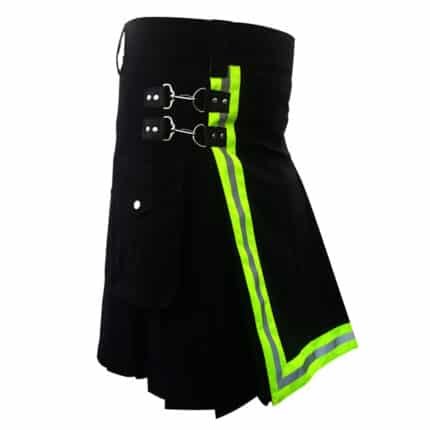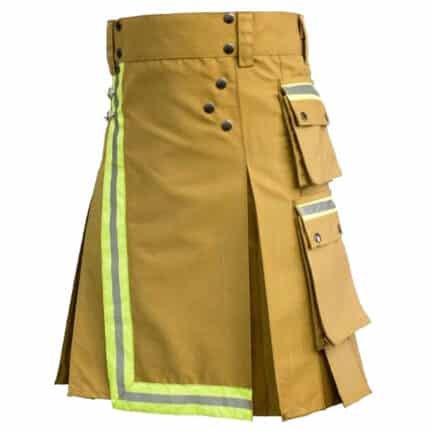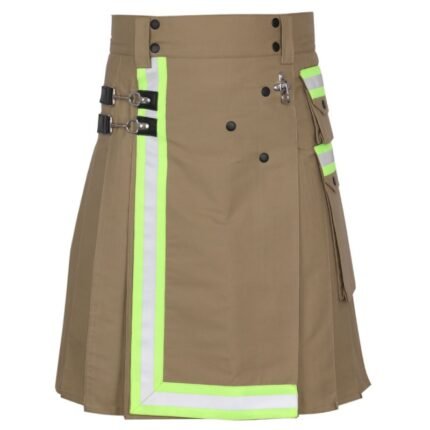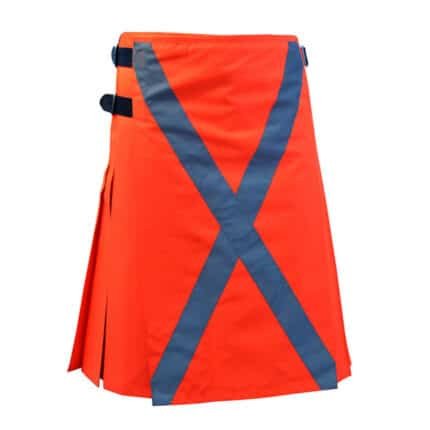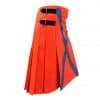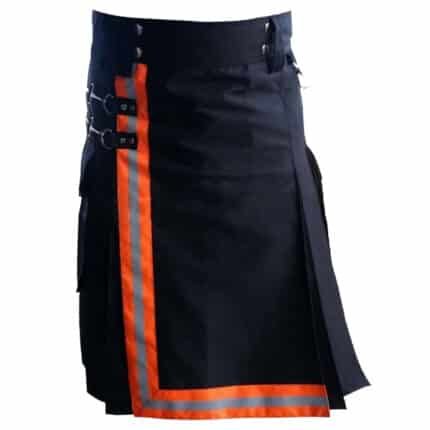FIREFIGHTER KILTS
Firefighter Kilt
Firefighter kilt is a unique and essential piece of clothing designed for firefighters. They combine tradition with functionality to provide protection and comfort during firefighting operations.
Firefighter kilts hold significant cultural importance within the firefighting community. They symbolize honor, bravery, and camaraderie among firefighters, reflecting the rich traditions of firefighting around the world.
The purpose of this collection page is to showcase a diverse range of turnout gear kilt designs and accessories. We aim to provide firefighters with options that not only meet their safety and functionality requirements but also allow them to express their individual style. As we love army so i design camouflage kilt
Features of Firefighter Kilt
Material and Durability
Our bunker gear kilt is constructed from premium, fire-resistant materials carefully selected to ensure exceptional durability and safety. These materials, including renowned options such as Nomex, Kevlar, and Tencate Defender, are at the forefront of textile technology, offering unrivaled heat and flame resistance.
This ensures that our it provides a vital protective barrier, shielding firefighters from the intense heat and flames encountered during firefighting operations. Beyond their inherent fire-resistant properties, our stuff boasts a robust and reinforced construction, with meticulous attention to stitching and detail. This design approach not only extends the lifespan of the kilts but also enables them to endure the harshest firefighting environments, maintaining their integrity even under the most challenging conditions. Our fireman kilt is engineered to withstand wear and tear, making them a reliable and long-lasting choice for firefighters who demand the highest standards of durability and safety in their gear.
Functional Design for Firefighters:
Our kilts are designed with the needs of firefighters in mind. They offer ease of movement, allowing firefighters to perform their duties effectively without hindrance.
Pockets and Storage Options:
To enhance functionality, our kilts come equipped with strategically placed pockets and storage options. These features enable firefighters to carry essential tools and equipment with ease.
Safety Considerations
Wearing fireman kilt on duty involves specific safety considerations. It’s imperative that firefighters adhere to safety guidelines provided by their department or organization. These guidelines may include proper kilt fastening, securing tools and equipment, and maintaining situational awareness while in the field.
Safety is paramount in firefighting, and our turnout gear kilt is designed with safety in mind. The fire-resistant materials, functional design, and reinforced stitching all contribute to the overall safety and reliability of our bunker gear kilt. However, it’s crucial that firefighters remain vigilant and prioritize safety precautions while wearing our kilts during operations.
Incorporating these details into your collection page will provide visitors with a comprehensive understanding of the features and safety considerations associated with your fire department kilts, encouraging them to explore your collection further.

